The announcement of the Nintendo Switch 2's $450 USD price tag certainly raised eyebrows, especially considering the higher price point compared to what we've seen from Nintendo historically. However, given the increase in production costs and economic factors such as tariffs, industry analysts had anticipated a price of at least $400 USD. The bigger surprise came with the pricing of Switch 2 games, which not only hit the new $70 USD standard for new releases but soared to $80 USD for titles like Mario Kart World. When you factor in the additional costs of various accessories needed for the full Switch 2 experience, the total investment becomes quite substantial.
But how does the Switch 2's price compare when you adjust the launch costs of previous Nintendo consoles for inflation? And how does it stack up against other gaming consoles? The answers might surprise you...
Nintendo Switch 2 Price Vs Previous Nintendo Consoles
NES
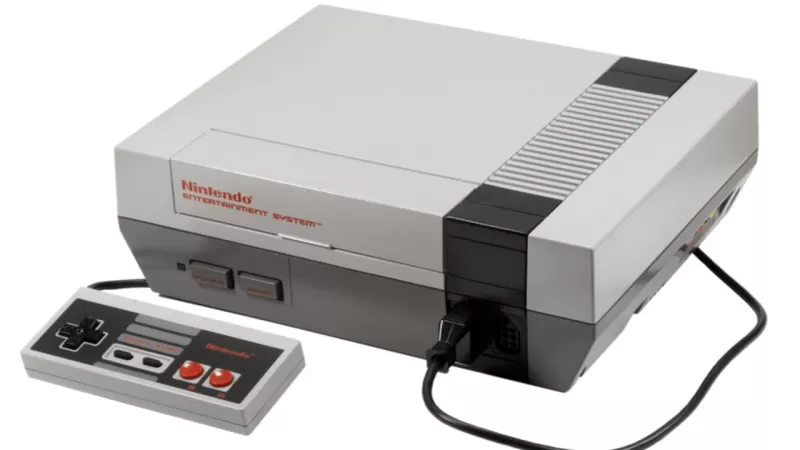 The NES, released in 1985 for $179 USD, seems like a bargain by today's standards. However, adjusted for inflation, it would cost a hefty $523 USD in 2025.
The NES, released in 1985 for $179 USD, seems like a bargain by today's standards. However, adjusted for inflation, it would cost a hefty $523 USD in 2025.
SNES
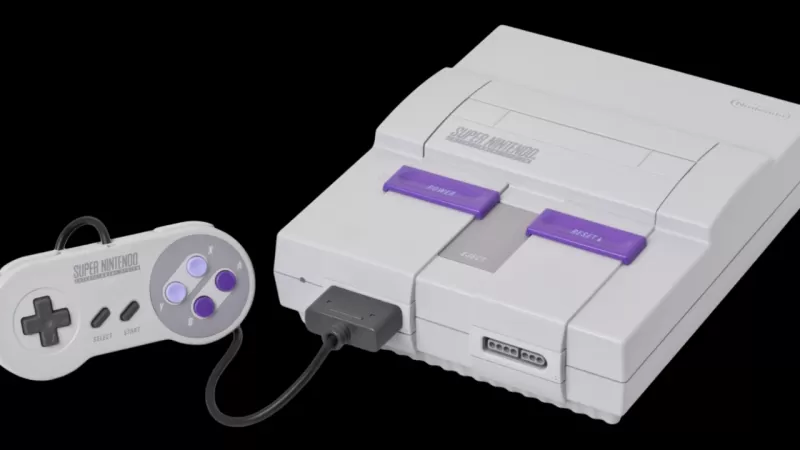 In 1991, Nintendo launched the SNES for $199 USD, which, after inflation adjustments, would translate to $460 USD in 2025.
In 1991, Nintendo launched the SNES for $199 USD, which, after inflation adjustments, would translate to $460 USD in 2025.
Nintendo 64
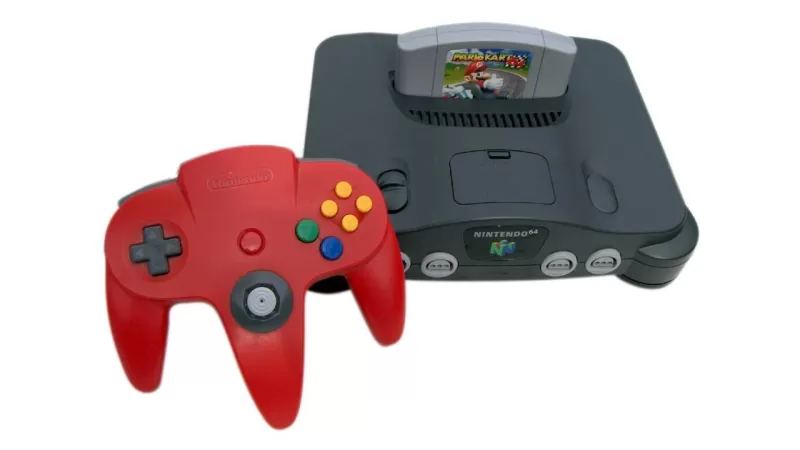 The Nintendo 64 hit the market in 1996 at the same $199 price point as the SNES. Adjusted for inflation, that's $400 USD today.
The Nintendo 64 hit the market in 1996 at the same $199 price point as the SNES. Adjusted for inflation, that's $400 USD today.
Nintendo GameCube
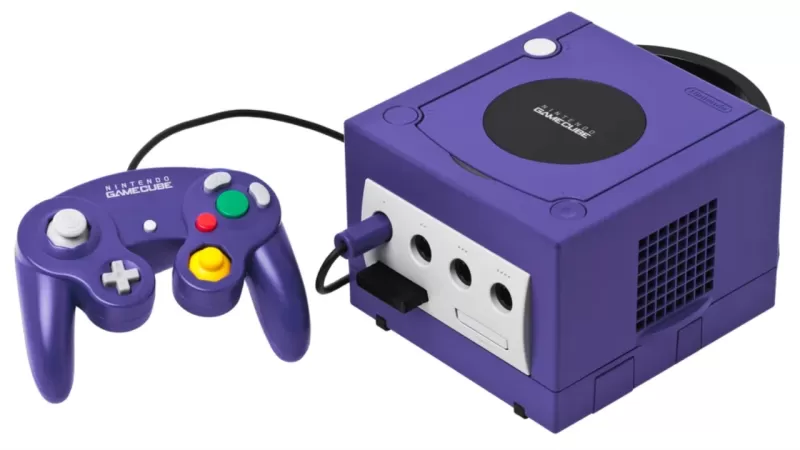 The GameCube, whose games will be available on the Switch 2 via Nintendo Switch Online’s classic library, launched in 2001 for $199, equating to $359 USD in today's dollars.
The GameCube, whose games will be available on the Switch 2 via Nintendo Switch Online’s classic library, launched in 2001 for $199, equating to $359 USD in today's dollars.
Wii
 The motion-controlled Wii, which became a global sensation, was released in 2006 for $249 USD, or around $394 USD in 2025.
The motion-controlled Wii, which became a global sensation, was released in 2006 for $249 USD, or around $394 USD in 2025.
Wii U
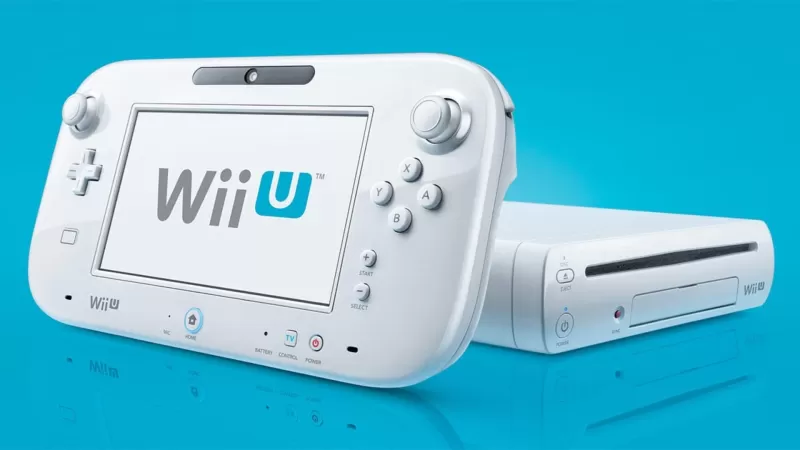 The less successful Wii U was launched in 2012 for $299 USD, which would be $415 USD in 2025, aligning more closely with the Switch 2's pricing.
The less successful Wii U was launched in 2012 for $299 USD, which would be $415 USD in 2025, aligning more closely with the Switch 2's pricing.
Nintendo Switch
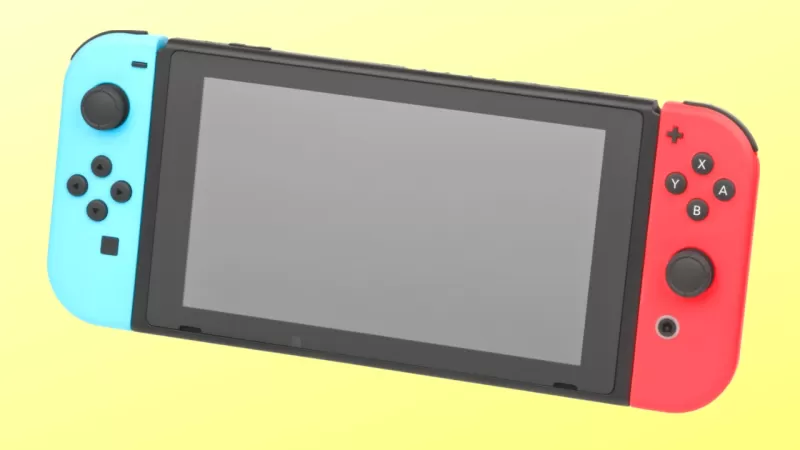 The highly successful Nintendo Switch, released in 2017 for $299 USD, would cost $387 USD in today's dollars, still less than the Switch 2 set to launch on June 5.
The highly successful Nintendo Switch, released in 2017 for $299 USD, would cost $387 USD in today's dollars, still less than the Switch 2 set to launch on June 5.
When adjusted for inflation, the original NES stands out as the most expensive console Nintendo has ever launched. Does this make the Switch 2's price any easier to accept? Probably not.
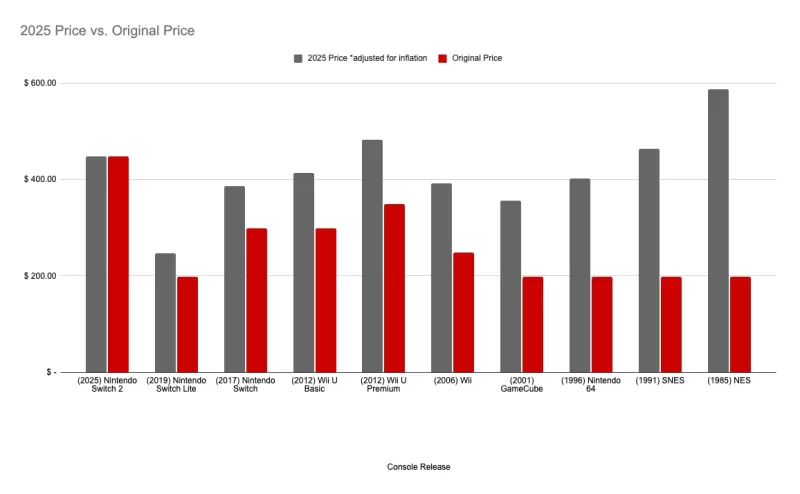 Credit: IGN
Credit: IGN
But what about the games?
While the Switch 2’s price was largely anticipated by analysts, the real shock came from Nintendo’s game pricing strategy. Games like Mario Kart World will retail for as high as $80 USD, while others, such as Donkey Kong Bananza, are set at $70 USD (or $65 digitally).
Comparing these prices to the early NES cartridges is tricky, as prices back then were highly variable. An NES game in the early '90s could cost anywhere from $34 USD to $45 USD, translating to $98 USD to $130 USD in 2025. Despite this, many believe that game prices could continue to rise.
The Switch 2's pricing falls at the higher end of Nintendo's historical range, surpassed only by the NES and SNES. Real-world factors, such as the announcement of a cheaper, region-locked Switch 2 for Japan at 49,980 JPY or $340 USD, underline the impact of these factors on pricing decisions.
How Switch 2's Price Compares to Other Consoles
PlayStation 2
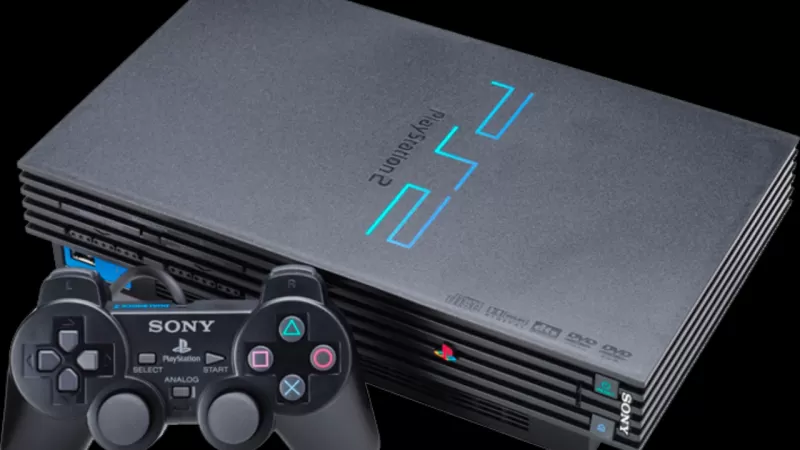 The PlayStation 2, released in 2000 for $299 USD, remains the best-selling console ever. Adjusted for inflation, it would cost $565 USD in 2025.
The PlayStation 2, released in 2000 for $299 USD, remains the best-selling console ever. Adjusted for inflation, it would cost $565 USD in 2025.
Xbox 360
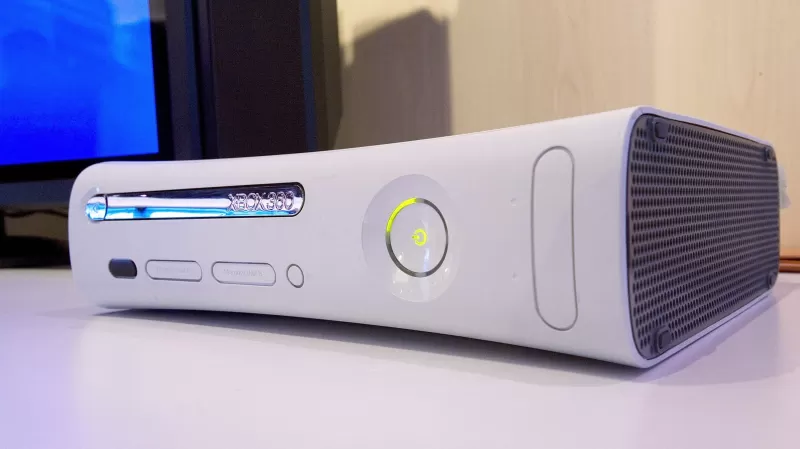 The Xbox 360, launched in 2005 for $299 USD, would equate to approximately $500 USD in 2025.
The Xbox 360, launched in 2005 for $299 USD, would equate to approximately $500 USD in 2025.
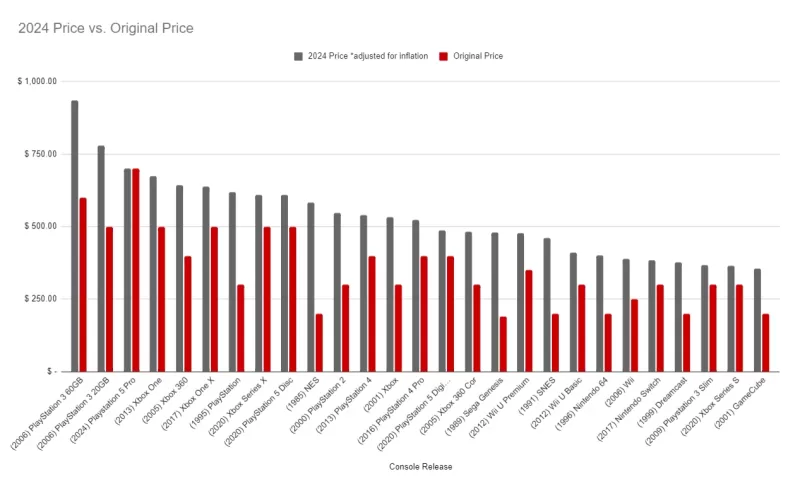 Console prices adjust for inflation. The PS3 was super expensive! Image credit: IGN
Console prices adjust for inflation. The PS3 was super expensive! Image credit: IGN
This comparison illustrates how the Switch 2's price aligns with its predecessors and competitors. For more insights, check out IGN's hands-on experience with the Switch 2 and games like Mario Kart World, as well as discussions with analysts on the factors driving the Switch 2's costs.

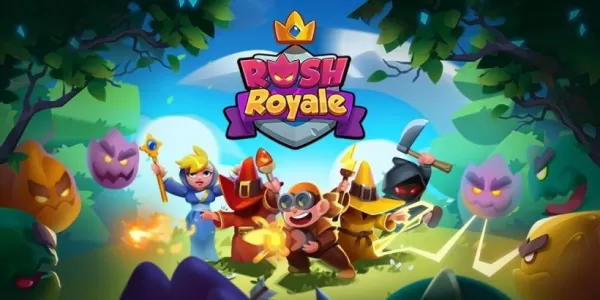

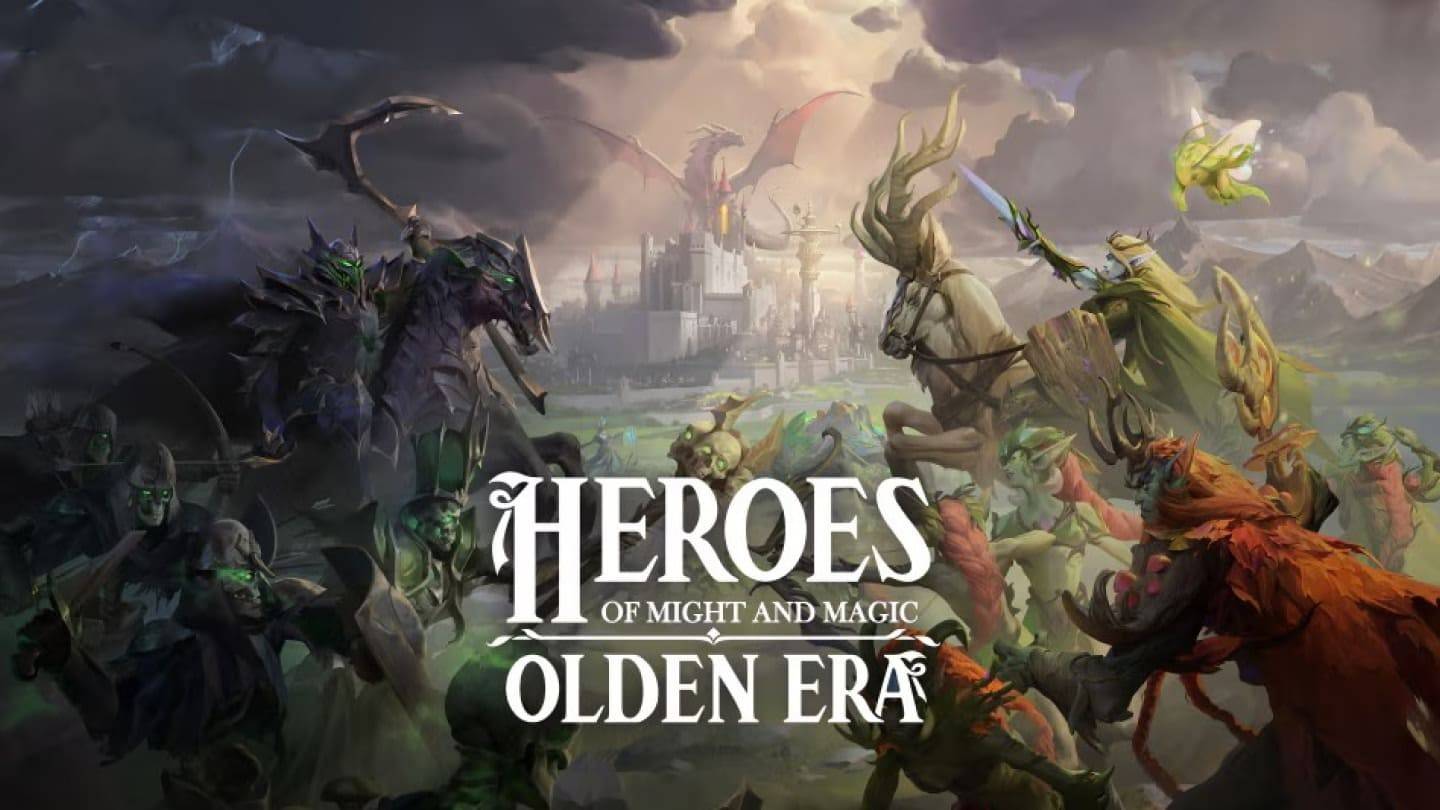
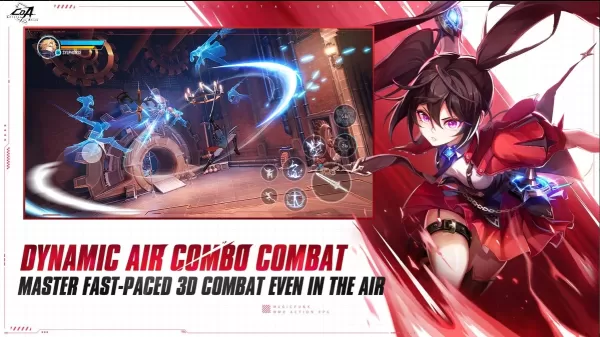
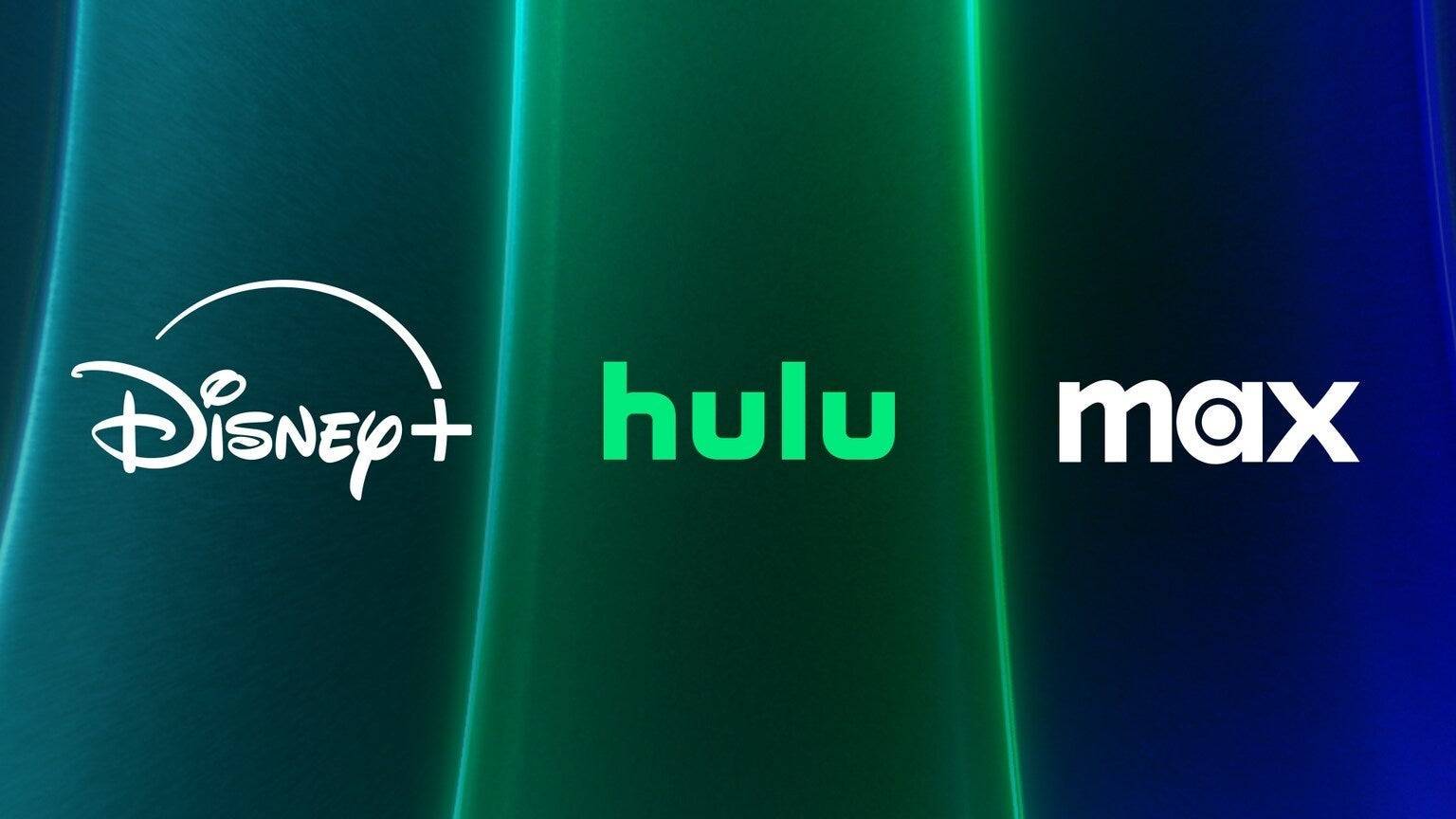




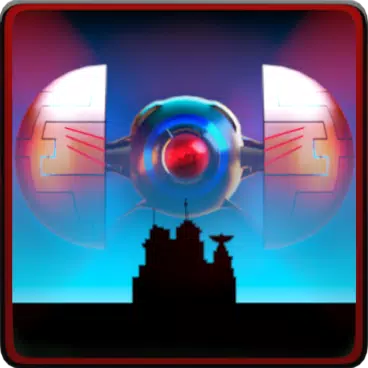
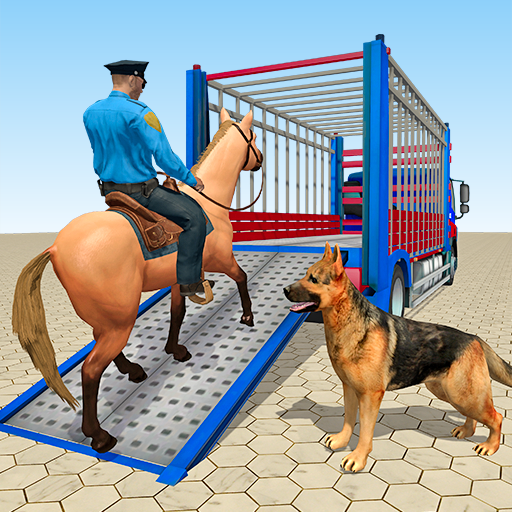
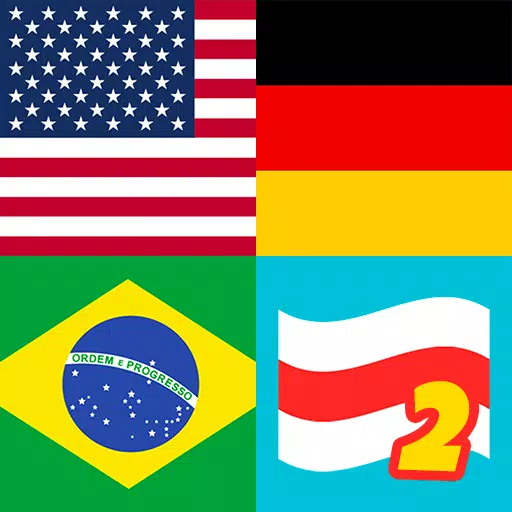




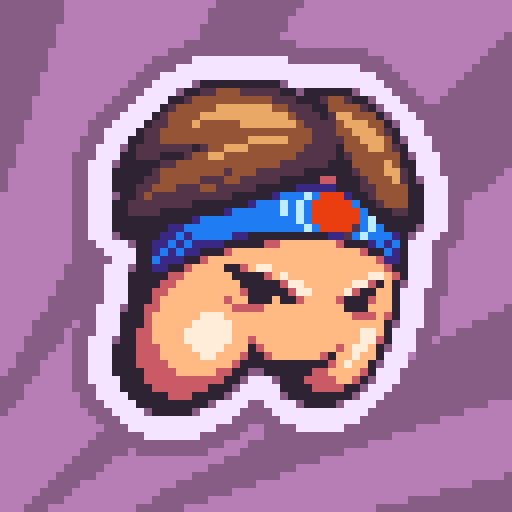




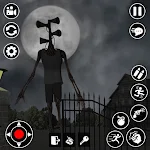



![City Devil: Restart [v0.2]](https://img.icssh.com/uploads/38/1719554737667e52b102f12.jpg)


